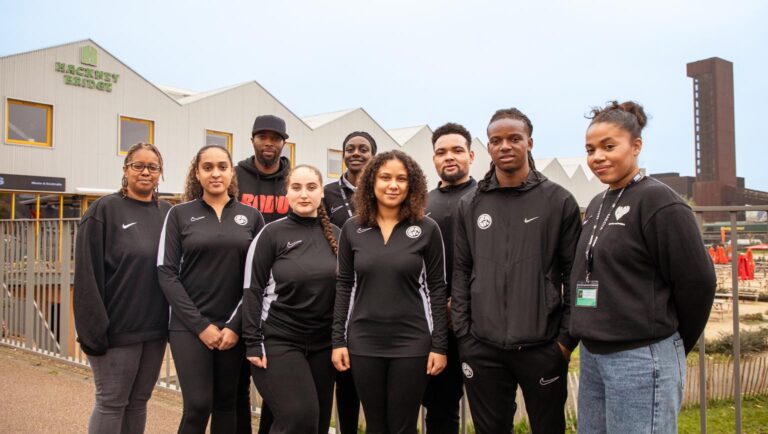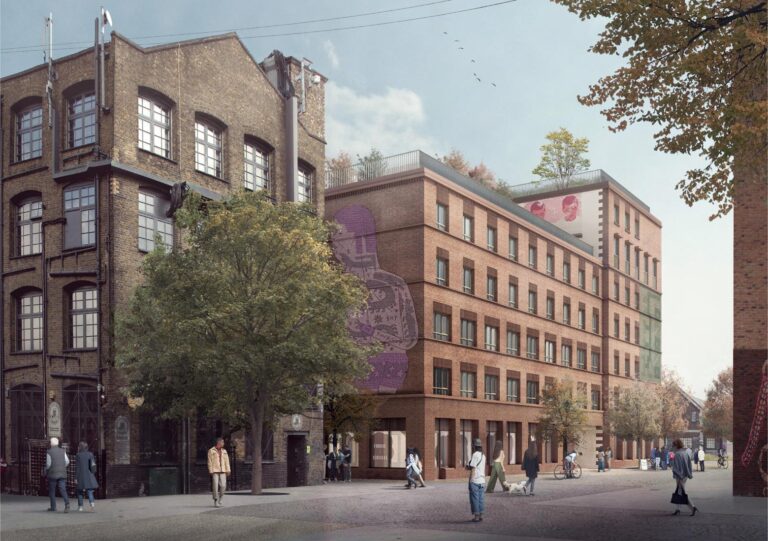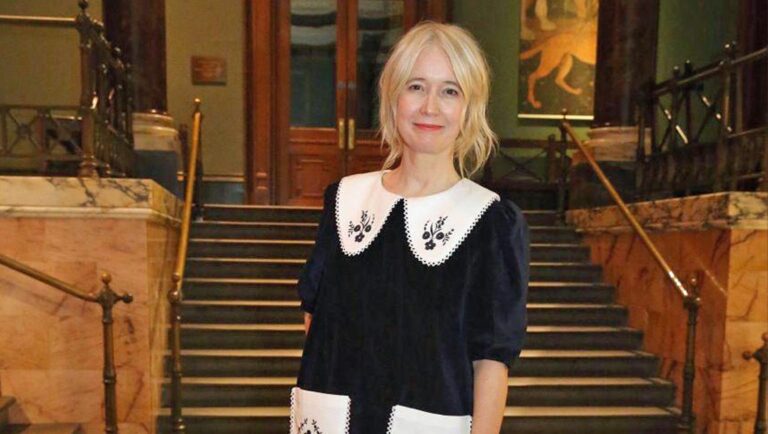
Review: ‘The Women of Llanrumney’ at Stratford East
Devastating dark comedy shines a light on the many betrayals of the slave era
With the focus on development within the boundary for the 2012 Olympic Park, the neighbourhoods surrounding were also always part of the legacy vision to ‘grow and improve in parallel with those in the Park.’
When areas or sites are undergoing change on a large scale, it is a requirement to consult with the local community. For many, noticing what is happening in the planning world can be hard. It is often just a laminated sign on a lamppost indicating that an application has been submitted, or a pamphlet through the door, which can often feel too late make a difference.
Better yet is being alerted early that there is an opportunity to voice your opinion, to see drawings and plans in a physical space nearby before final design decisions are made. Better than that is being part of the design process itself.
Communities can have an active voice in the process of change within their neighbourhoods when different models of participation and engagement are offered. Co-design methods allow the space and time for a community to be a part of the design process. Using this model, community members are placed as equal parties in the decision making. The wider public are given opportunities to be consulted and review the design at multiple points in time throughout the process.
When offered as part of the consultation process, co-design practices can influence the design of a range of subjects from layouts and the design of homes, public spaces, and streets to what types of spaces are best for workspace or creative uses. They can even reach into the micro-detail, on affordability, rent rates and tenancy structures.
By redistributing the balance of power, placing the community as an equal ‘client’ to the financial models that often drive development, we can start to build places and neighbourhoods that are culturally and socially connected to their people.
While change is taking place, local people are often frustrated that ground-floor retail or workspace units can lay empty for long periods of time after the residential components of the development are complete. But what if there was a community-backed plan to allow those spaces to be used on short-term tenancies or at low cost as an intermediate step? And what if the types of uses of those ground-floor spaces could be determined by a mix of community proposals and research so when they are complete, they address genuine local demand?
The answer is choice. If the design process is a closed-door to the community, then there is no basis for how it will be received, often limiting the choice to: yes or no. When there is a collaborative process, then the smaller details can be interrogated and adapted before being set in stone.
When developments come forward, we should be pressuring our planning authorities to instruct developers to follow an open dialogue and a participatory model. There is greater ability to influence and shape proposals by an inclusive, early process, when there is fluidity to inform and guide design and options are still available.
As Hackney Wick is still undergoing rapid change, with many development sites not yet built, we should ensure developers adopt co-design practices here. Where sites are built out but unoccupied, we should call for retrospective meanwhile commercial strategies with the inclusion of local businesses and residents to shape it. Where community groups are looking to support and take ownership of spaces, we should call for inclusive practices and be part of the process.
We must call for our Creative Enterprise Zone Manager and appropriate officers in Hackney, LLDC and Tower Hamlets to push co-design onto their agendas for land and developments they control. Hyper locally, the Hackney Wick & Fish Island Community Development Trust (CDT) is one organisation in the position to advocate and be an influence on development.
“There are so many benefits to involving communities and local enterprises in the design and delivery phases of development,” says Alex Russell, CEO of the CDT, which is now committing to co-design and participatory principles in the work they produce or commission.
“Local communities know what aspects of the market fair well in the area and what struggles,” she continues. “They know the types of spaces and uses needed locally, and are also a source of enterprise themselves, as well as the main drivers of footfall. We believe communities having an active role in curating and managing spaces is fundamental to a healthy, thriving, inclusive neighbourhood. So, we agree to co-design and opportunities for community ownership.”
Ten years on, Hackney Wick still has the people, minds and opportunity to be radical. They are still building the vision together.

Devastating dark comedy shines a light on the many betrayals of the slave era

Youth sports, mentoring and community engagement powerhouse, BADU, is a vital locally-grown success story, says proud programme graduate Shannon Latouche

Taking things global from East London roots – my story

More than just another pizza and pasta parlour, we found ourselves falling for Figo

How developers proposing Hackney Wick’s first hotel, and a bold new co-living scheme, both reached out to the community, ensuring better results for everyone

London’s Deputy Mayor for Culture and the Creative Industries on Hackney Wick’s influence on Creative Enterprise Zones, the Olympic legacy and the arrival of East Bank
A joint venture in collaborative local media from:


In partnership with

Regulated by IMRESSS, the Independent Monitor for the Press CIC.
For more info on our complaints policy, or to make a complaint, visit FAQ.
